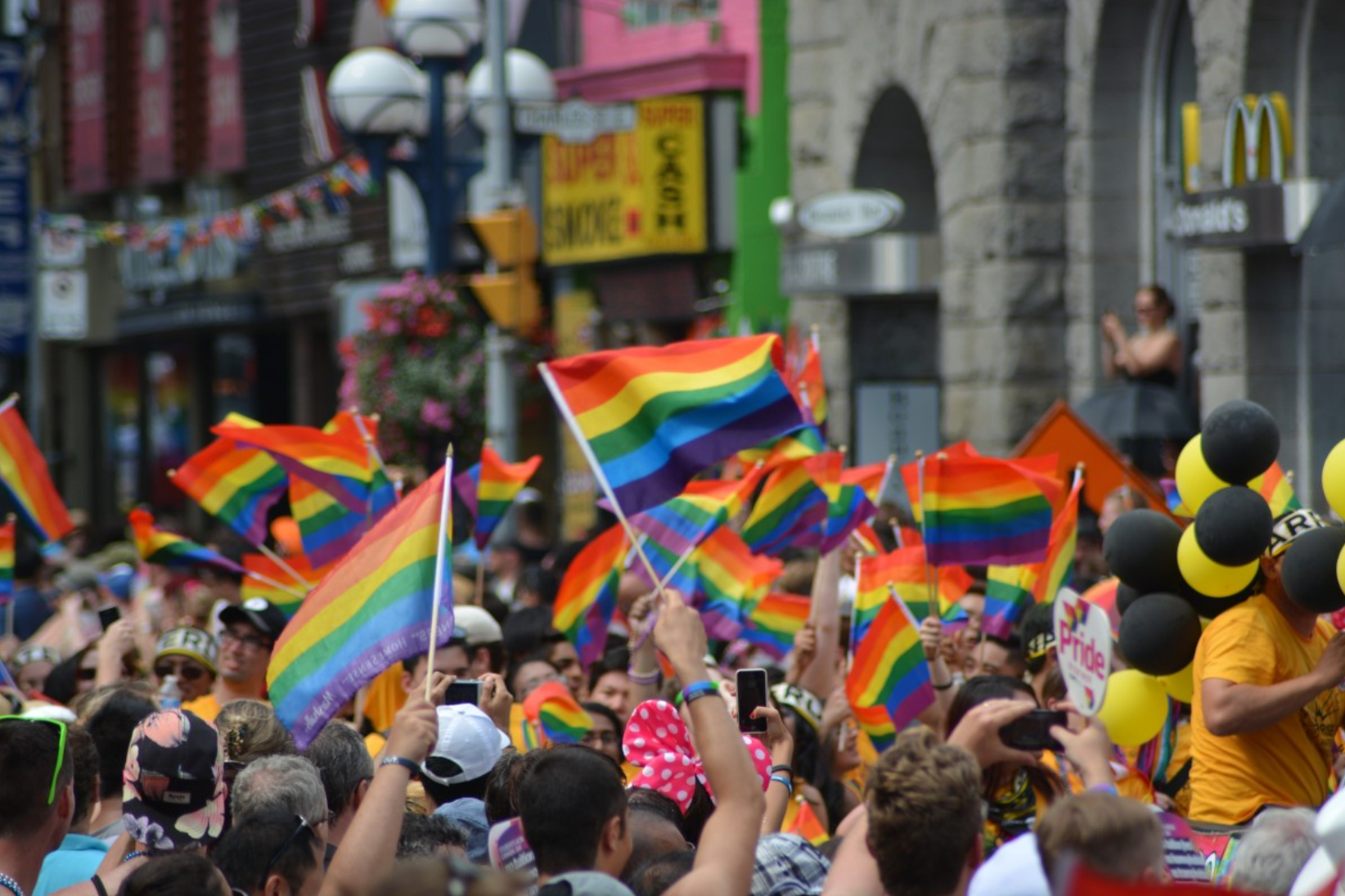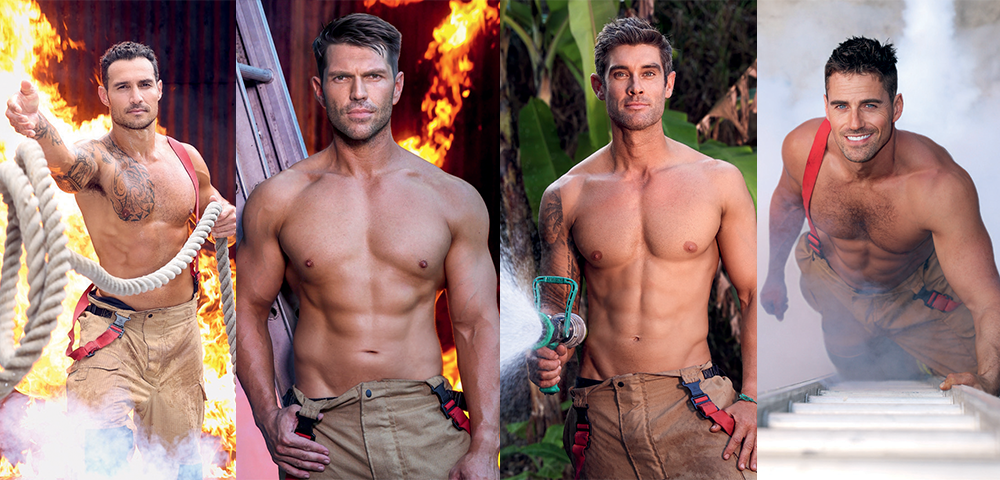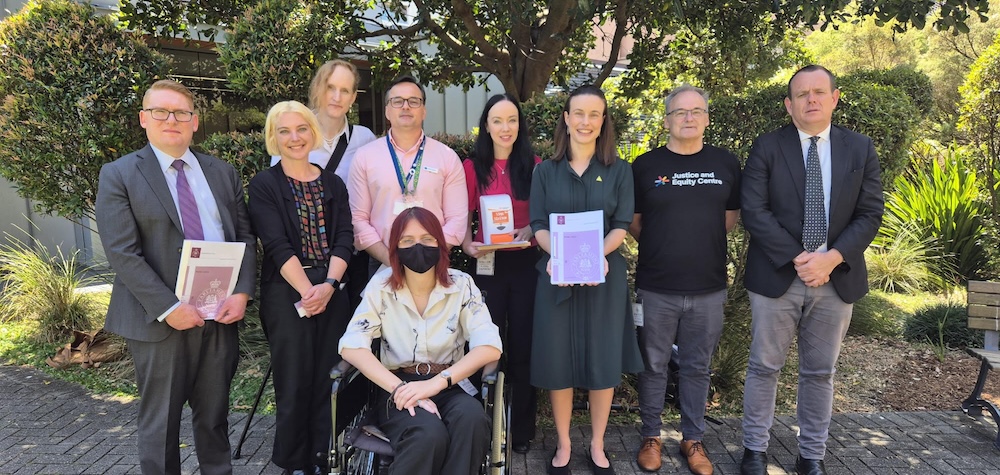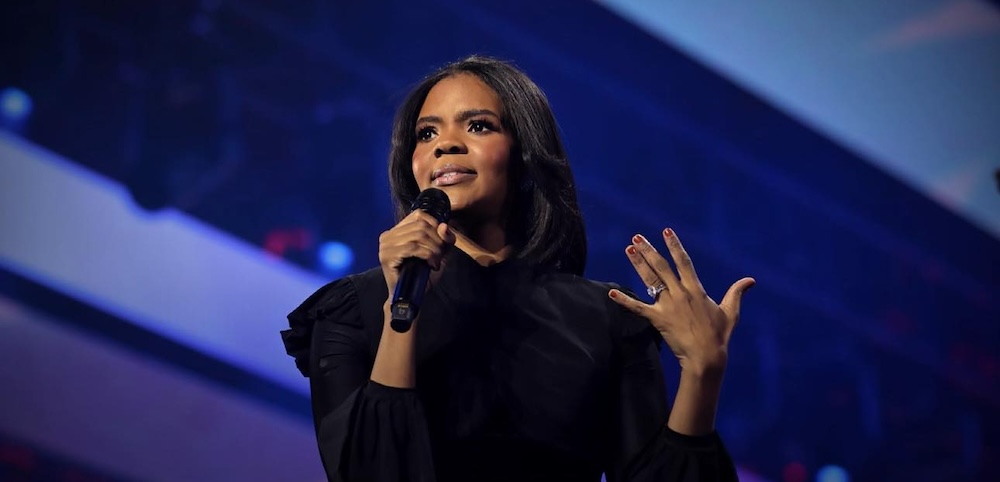
‘Media rhetoric on religious freedom creates enduring pain for LGBTIQ Australians’

Last month, the Sydney Anglican Church’s ban on same-sex marriage services on any of its 900 properties, including church halls, schools, and shops, grabbed headlines across the nation.
It was yet another instance of LGBTIQ rights being discussed in mainstream media from a very strong, conservative, and religious angle.
Members of the LGBTIQ community were portrayed, repeatedly, in two major tropes: as amoral (against the values embodied in religious institutions) or as victims (at the mercy of discrimination rolled out by powerful establishments, like the Sydney Anglican Church).
There is no doubt that the debate in media privileges religious freedom over other human rights of LGBTIQ people, namely freedom from discrimination or right to mental health. In fact, the language used in media targets and harms them, turning them into a political pawn.
Reporting of the Anglican Church’s stance came just days after a long public discussion and deeply divisive media rhetoric on Liberal party elder Philip Ruddock’s review of religious freedoms.
Here too, the media’s focus was on how religious schools had the legal right to discriminate against LGBTIQ students and teachers. While sensational headlines, like “gay kids could be rejected from school” and “faith-based schools no place for gay teachers” did the rounds, it seemed as if for a while, the entire country had adopted a school-yard bully persona of a self-entitled shock jock, which as we’ve all seen, does not end well.
Let’s not forget that we have been here before – last year, to be more specific, in the lead up to the marriage equality verdict. Back then, an emotionally charged media campaign, full of rhetoric about religious sentiments, pitted LGBTIQ Australians and their allies against religious groups.
Politicians on both sides, as well as certain sections of the media, had a field day citing hateful, homophobic views under the guise of religious freedom.
On receiving end were innocent, everyday Australian families and children.
Mental health groups around the nation reported a sudden rise in the number of people seeking help for distress, anxiety, and depression, which was attributed to the postal survey.
Reach Out Australia – which provides mental health support for young people (under 24 years) – reported a 40 per cent spike in demand for its services, a consequence of the polarising marriage equality campaign.
As a mental health advocate and speaker for a national not-for-profit organisation, while working to create awareness about mental health conditions in schools, I personally encountered questions from boys as young as 16, asking how the Yes and No campaigns, in the media, affected the mental wellbeing of young LGBTIQ people.
Dennis Halloran, a veteran gay rights advocate, who took Qantas to court for discrimination over 30 years ago, labelled the media rhetoric as “insulting” and warned of the lasting impact it would have on LGBTIQ people whose religious family members, parents, or grandparents could be torn between loyalty to family and their church.
In fact, the religious rhetoric is especially harmful for the most vulnerable members within the LGBTIQ community – gay men and women of colour and transgender people, who lack representation in mainstream media.
The damage done to their emotional and mental wellbeing, very much a violation of their human right to health, is seen nowhere in reports on same-sex marriage.
On the contrary, it seems the Morrison government is gearing up for another fight in the media on LGBTIQ rights using religion as its weapon of choice.
As a member and advocate of the LGBTIQ community, my fear is not that the government will change federal anti-discrimination laws, but instead that once again, battle lines will be drawn around innocent people, paving the way for an aggressive federal election campaign.
The reason I fear this is because it is more than a mere coincidence that the Sydney Anglican Church’s religious views on same-sex marriage were made public, in the media, less than 24 hours before the crucial Wentworth by-election in NSW on October 20.
Using conservative religious views to shore up support during election campaigns is a strategy leaders of the Liberal Party have used several times before.
It is what John Howard used to shut down debate on equality and same-sex marriage. Fear of alienating religious voters was what led former Prime Minister Malcolm Turnbull to agree to a plebiscite on same-sex marriage, even though he had previously opposed it.
This problem hints at deeper fissures within our political and legal system.
Lack of constitutional (sec 116) clarity on separation between church and the state, like it exists in the First Amendment in the United States, makes it possible for culturally-privileged religious institutions like the Sydney Anglican Church to influence political debate in the media.
But no matter how strong the influence, the fact is that in modern Australian society, strong religious views are slowly losing ground. A rising number of young Australians, in whose hands lie the future of the country, are beginning to turn away from religion.
Census data shows in 2001, nearly 19 per cent of those 24 and under said they were not religious. This went up to 35 per cent in 2016.
This is encouraging because the last thing members of the LGBTIQ community need is for media rhetoric on religious freedom to reinforce the discrimination they face every day.
In 2018, after marriage equality has been achieved, data from Diversity Council Australia shows only 32 per cent of LGBTIQ people feel comfortable to come out at their workplace. Those who aren’t out are twice as likely to experience mental health conditions than those who are.
Imagine the cost this has on productivity and employee retention rates. In 2016, research showed that when LGBTIQ staff feel respected and accepted, businesses see a 15 per cent – 30 per cent increase in productivity and retention rates improve by 10 per cent.
There is a lot still left to be done. Experts like Alisha Fernando*, Associate Director of Diversity and Inclusion at the University of Melbourne, believe that when it comes to inclusion, we need to start thinking beyond gender equality.
In workplaces, including media organisations, clear policies and procedures need to be put in place to support and respect LGBTIQ people. We need to lead by example and show that there is no place for unnecessary religious fear mongering and discrimination in modern Australia.
*Stated in a personal interview.
Prashant Bhatia is a Melbourne-based media professional who writes on matters of social and political relevance. He is speaker for beyondblue and winner of the 2018 GLOBE Melbourne Scholarship.









